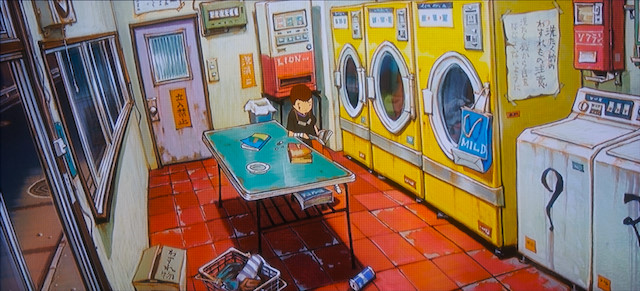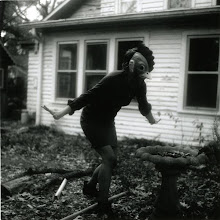
If there is one thing the Japanese animation industry seems to thrive off of, it's the graphic novel adaptation. Only recently in America have graphic novels become 'approved' to move onto the big screen--granted that most of it has been produced as live action, but the entertainment industry has just started coasting down the giant hill of comic book culture. While several of these adaptations that involve animation remain chained to the small screen, Japan has released a wave of animated full lengths that have washed over their borders and soaked the international market. Miyazaki (creator of Spirited Away, Howl's Moving Castle, and many childhood favorites) has become a familiar name on the tongues of audiences all over the world. Several of his most successful films were adaptations of novels (mostly illustrated, not necessarily graphic): Kiki's Delivery Service is the animated adaptation of the novel of the same name by Eiko Kadono, Nausicaa of the Valley of the Wind is Miyazaki's own graphic novel sent to screen, and his newest film Howl's Moving Castle is his take on the fantasy novel by Diana Wynne Jones.
Several cartoon series run in Japan are merely moving versions of their mangas (Japanese equivalent of a comic book), several of which bear full length films to diverge or even lump together several issues at once, but in 2006 Michael Arias and Studio 4°C adapted Taiyō Matsumoto's three volume manga Black and White into one of the most beautiful blends of sight, sound, and story ever seen, renamed Tekkonkinkreet.
The story focuses on two orphans named Black and White. After spending years adapting to the streets, they begin to feel an ownership over their city, Treasure Town, and earn the fear and respect of locals, as well as the name The Cats. As the city begins to grow and develop, the boys find themselves trying to fend off groups of gangsters (yakuza), challenges for their title, and evading the police and hired killers. The plot is simple, typical even, yet employs an expert use of simplicity. Outside of the story, the visuals are stunning to say the least. The animation studio responsible is led by one of Japan's most notable animators and directors, Koji Morimoto (handywork includes: segments from the Animatrix, Memories, Neo-Tokyo, Akria, and Miyazaki's Kiki's Delivery Service). With a soaring reputation and some of Japan's most progressive animators, the film had high expectations, all of which were met. Tekkonkinkreet's visuals have the fluidity in motion for which Morimoto is famed for and the detail and attention to background that is notable of Miyazaki. The character design is colorful and imaginative, the environments are intricate enough to mime reality, and the motion (be it fights or the ruffles of a breeze) are so gestural and seamless that you can't take your eyes off of it.
While the story may be the weak point of the film, and the animation seems overwhelming, the pace slows at times to allow simple moments of meditation. Several of these scenes tend to be some of the most emotional in the film (I'll admit I get severely choked up at a couple of parts). Tekkonkinkreet's beauty lies in the equal distribution of the motion and the still, the sound and the silent, and the aesthetic of the city and the simplicity of nature.



